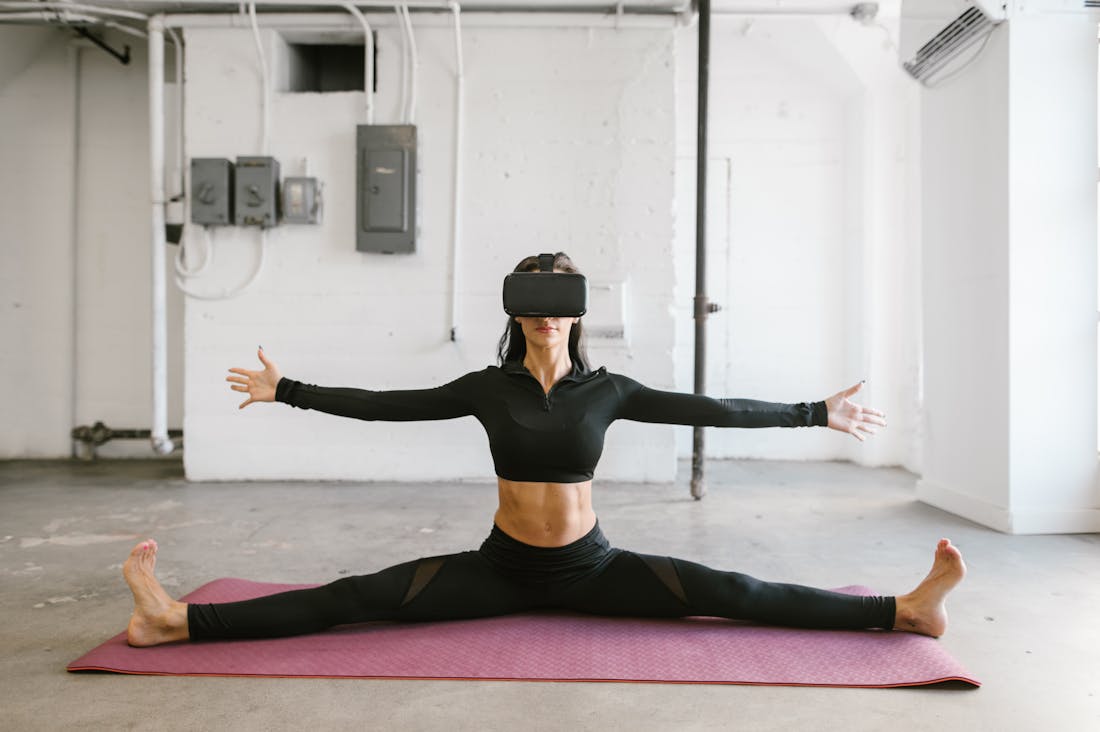In today’s fast-paced, technology-driven world, finding a harmonious balance between our digital engagements and personal well-being has never been more crucial. "Harnessing Technology for a Balanced Lifestyle" offers practical tips to help you navigate the myriad digital distractions that vie for your attention. By embracing mindful technology use, you can cultivate healthier habits, enhance productivity, and ultimately lead a more fulfilling life. Join us as we explore effective strategies to integrate technology seamlessly while prioritizing mental health and overall balance in your daily routine.

Identifying Digital Distractions
Identifying digital distractions is crucial in today's fast-paced, technology-driven environment. These distractions can take various forms, such as social media notifications, incessant email alerts, or even the temptation to scroll through articles and videos instead of focusing on tasks at hand. Recognizing these interruptions requires self-awareness and an understanding of personal habits. Tools like time tracking apps can provide insights into how much time is spent on non-essential activities, while setting specific work hours can help create boundaries. Furthermore, a clutter-free digital workspace, coupled with the practice of turning off notifications, can significantly enhance concentration and productivity. Ultimately, by pinpointing and minimizing digital distractions, individuals can foster a more focused and efficient approach to their responsibilities.

Establishing Healthy Boundaries with Technology
Establishing healthy boundaries with technology is crucial in our increasingly digital world, where constant connectivity can lead to burnout and diminished mental well-being. To foster a balanced relationship with technology, individuals should set specific times to engage with devices, limiting screen time to designated hours. This can include implementing 'tech-free' zones during meals or before bedtime to promote offline connections and better sleep hygiene. Furthermore, being mindful of notifications can help prioritize focus; turning off non-essential alerts minimizes distractions. By regularly assessing technology use and its impact on daily life, individuals can cultivate a healthier, more intentional approach, ensuring technology enhances rather than detracts from overall well-being.

Practicing Mindfulness in Tech Usage
Practicing mindfulness in technology usage involves cultivating a conscious awareness of how we interact with digital devices and the impact they have on our mental and emotional well-being. This means taking deliberate breaks from screens, setting specific times for checking emails or social media, and reflecting on our motivations for using technology. By fostering a non-reactive approach, we can become more aware of our habitual behaviors, such as mindless scrolling or impulsive notifications checking. Engaging in mindfulness techniques—such as deep breathing, meditation, or even simply pausing before responding to messages—can help individuals establish healthier boundaries with technology. Ultimately, this intentional practice promotes a balanced relationship with the digital world, encouraging us to reconnect with the present moment and prioritize meaningful interactions over virtual ones.
AI-Assisted Content Disclaimer
This article was created with AI assistance and reviewed by a human for accuracy and clarity.